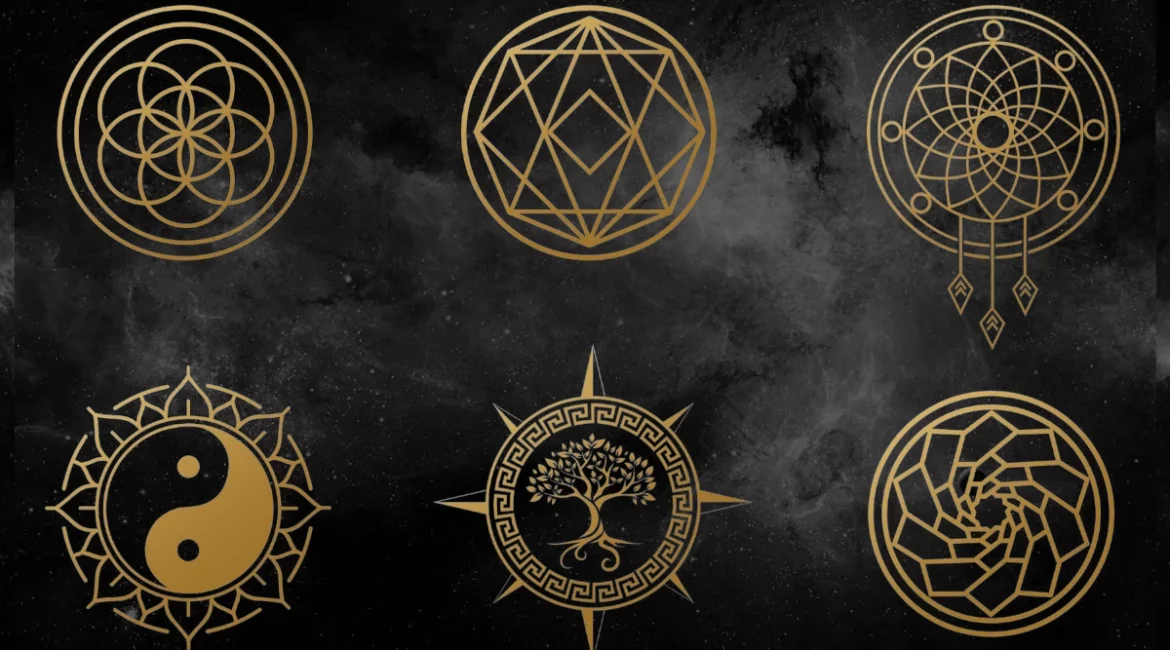Throughout human history, symbols have served as powerful tools of communication, conveying complex ideas, beliefs, and emotions in a visual form. From ancient civilizations to modern cultures, symbols have transcended language barriers, encapsulating rich meanings and histories. This blog explores the significance of some ancient symbols, their origins, and the insights they provide into the cultures that created them.
The Importance of Symbols
Symbols are more than mere images; they are vessels of meaning. They can represent concepts such as love, protection, and spirituality. In many ancient cultures, symbols were integral to religion and daily life, often appearing in art, architecture, and artifacts. Understanding these symbols helps us connect with the values, beliefs, and practices of past societies.
The Ankh: The Key of Life
One of the most recognizable symbols from ancient Egypt is the Ankh, often referred to as the “key of life.” This cross-like symbol with a loop at the top represents eternal life and immortality. Its origins are rooted in Egyptian mythology, where it was associated with the gods and the afterlife. The Ankh was frequently depicted in tomb paintings and amulets, symbolizing the hope for life beyond death. It remains a popular symbol today, often associated with spiritual awakening and enlightenment.
The Ouroboros: The Serpent of Eternity
The Ouroboros, a serpent or dragon eating its own tail, is a symbol found in various ancient cultures, including Egyptian and Greek traditions. It represents the cycle of life, death, and rebirth, embodying the concept of eternity and the unity of opposites. The Ouroboros signifies the idea that life and death are interconnected, a theme prevalent in many philosophical and spiritual traditions. Its imagery has been used in alchemical texts to symbolize transformation and the quest for knowledge.
The Mandala: Cosmic Circle
Originating from Hindu and Buddhist traditions, the mandala is a geometric figure representing the universe. The term “mandala” means “circle” in Sanskrit, and it is often used in spiritual practices to aid meditation and introspection. Mandalas typically consist of intricate patterns radiating from a central point, symbolizing harmony, unity, and the cyclical nature of life. Creating and meditating on a mandala can foster a sense of connection with the universe, serving as a reminder of our place within it.
The Swastika: A Symbol of Prosperity
Before its unfortunate association with the Nazi regime, the swastika was an ancient symbol of good fortune, prosperity, and well-being in various cultures, including Hinduism, Buddhism, and Native American traditions. Its name comes from the Sanskrit word “svastika,” meaning “well-being.” The symbol’s design, often composed of a cross with bent arms, signifies the cyclical nature of life and the interconnectedness of all beings. Today, efforts are underway to reclaim the swastika’s original meanings and cultural significance.
The Yin Yang: Harmony of Opposites
Rooted in ancient Chinese philosophy, the Yin Yang symbol represents the duality and interdependence of opposing forces. Yin (black) embodies qualities such as femininity, darkness, and receptivity, while Yang (white) represents masculinity, light, and action. Together, they illustrate the balance necessary for harmony in the universe. The concept of Yin Yang emphasizes that opposing forces are not in conflict but rather complement each other, a principle that resonates in many aspects of life, from nature to human relationships.
The Eye of Horus: Protection and Healing
In ancient Egypt, the Eye of Horus, also known as the “Wadjet,” symbolized protection, healing, and royal power. According to mythology, Horus lost his left eye during a battle with Set, the god of chaos. His eye was restored by the goddess Hathor, making it a symbol of resurrection and protection. The Eye of Horus was often used as an amulet, believed to guard against evil and ensure safe passage to the afterlife. Its legacy continues, representing vigilance and the ability to see beyond the material world.
Conclusion
Ancient symbols are windows into the beliefs, values, and philosophies of the cultures that created them. By studying these symbols, we gain insights into humanity’s collective consciousness and our enduring quest for meaning. Whether they represent life, death, harmony, or protection, ancient symbols continue to inspire and resonate with people across the globe, bridging the past with the present. As we explore these symbols, we discover not only the stories they tell but also the universal truths that connect us all. In a world filled with noise and distraction, these ancient icons remind us of the profound wisdom that has been passed down through generations, inviting us to reflect on our own lives and the meanings we create within them.
